
CMOS Sensors Continue to Advance 20161201 Quality Magazine
Among the major advantages enjoyed by CMOS sensors are their low power consumption, master clock, and single-voltage power supply, unlike CCDs that often require 5 or more supply voltages at different clock speeds with significantly higher power consumption.
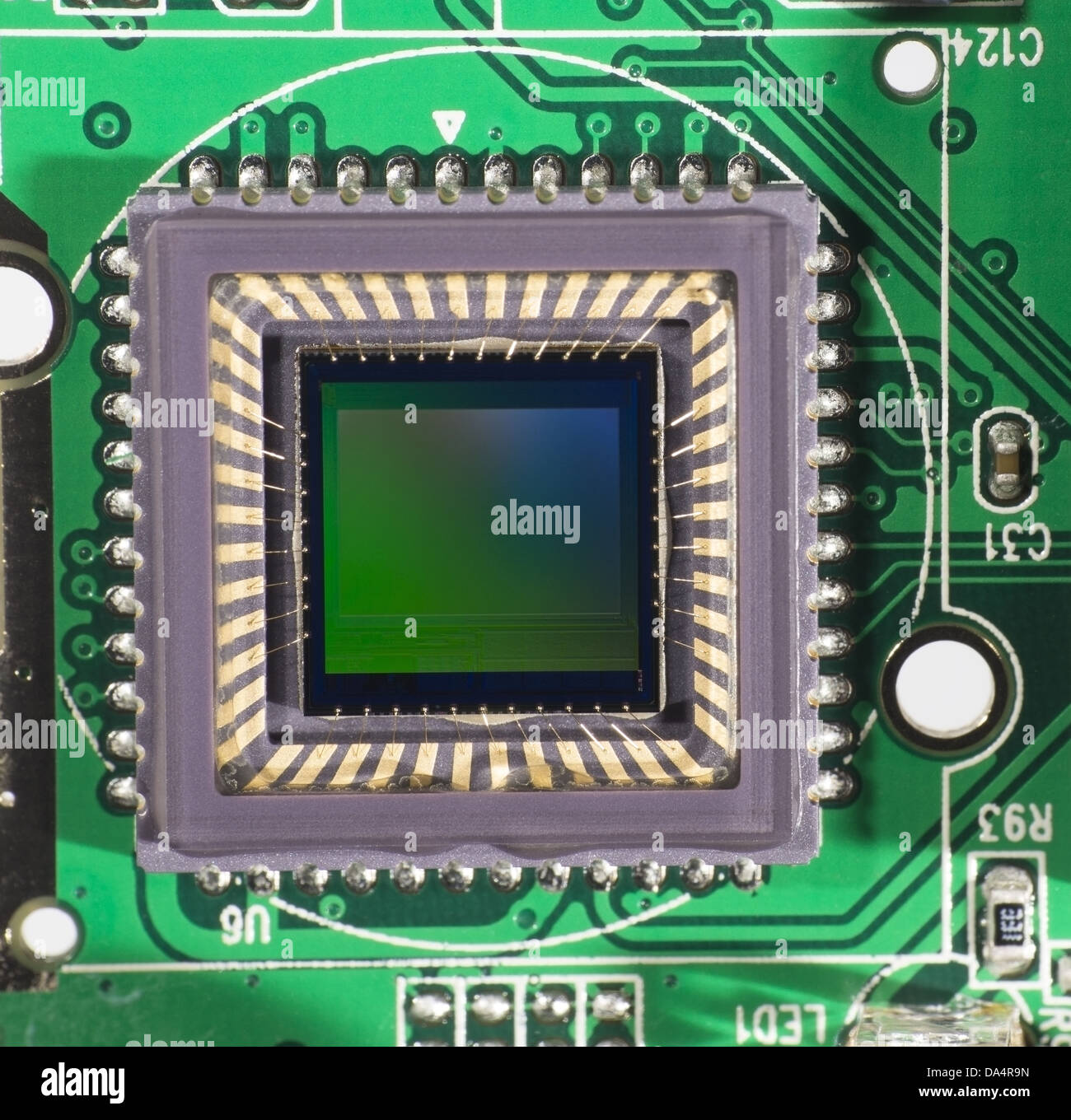
Cmos sensor hires stock photography and images Alamy
The two main technologies used to fabricate the sensors are CCD (Charge Coupled Device) and CMOS (Complimentary Metal-Oxide Semiconductor), each bearing certain advantages and disadvantages. Applications of the digital image sensor, including the pill camera and vision in robotics, are rapidly expanding, and soon sensors will be an everyday.

CMOS Image Sensor Performs In Factory Automation Apps FierceElectronics
A CMOS sensor is an electronic chip that converts photons to electrons for digital processing. CMOS (complementary metal oxide semiconductor) sensors are used to create images in digital cameras, digital video cameras and digital CCTV cameras. CMOS can also be found in astronomical telescopes, scanners and barcode readers.
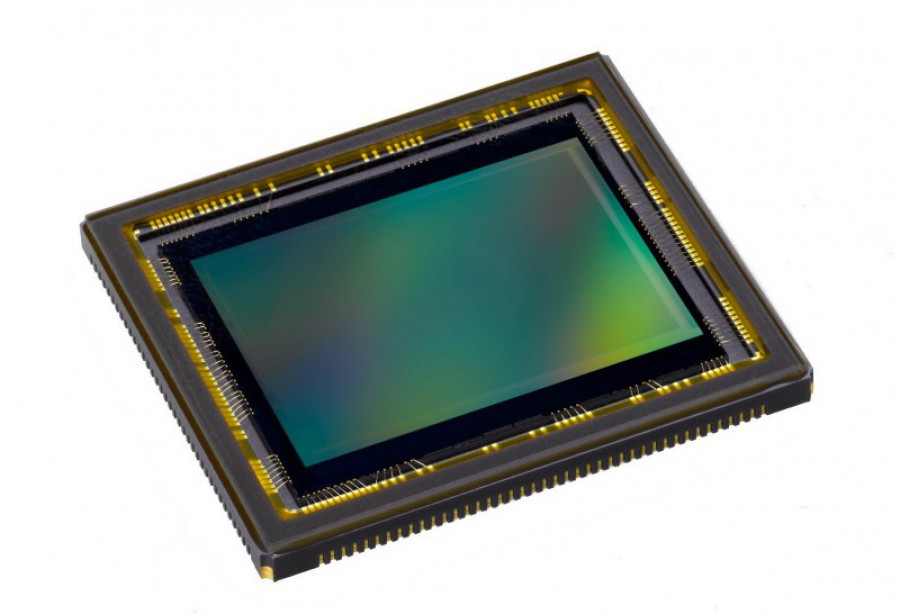
El mercado de sensores CMOS seguirá un crecimiento de dos cifras
A CMOS sensor or complementary metal-oxide-semiconductor sensor is one kind of electronic chip, used to change the photons into electrons for digital processing. These sensors are mainly used for creating images within digital cameras, digital CCTV cameras & digital video cameras.
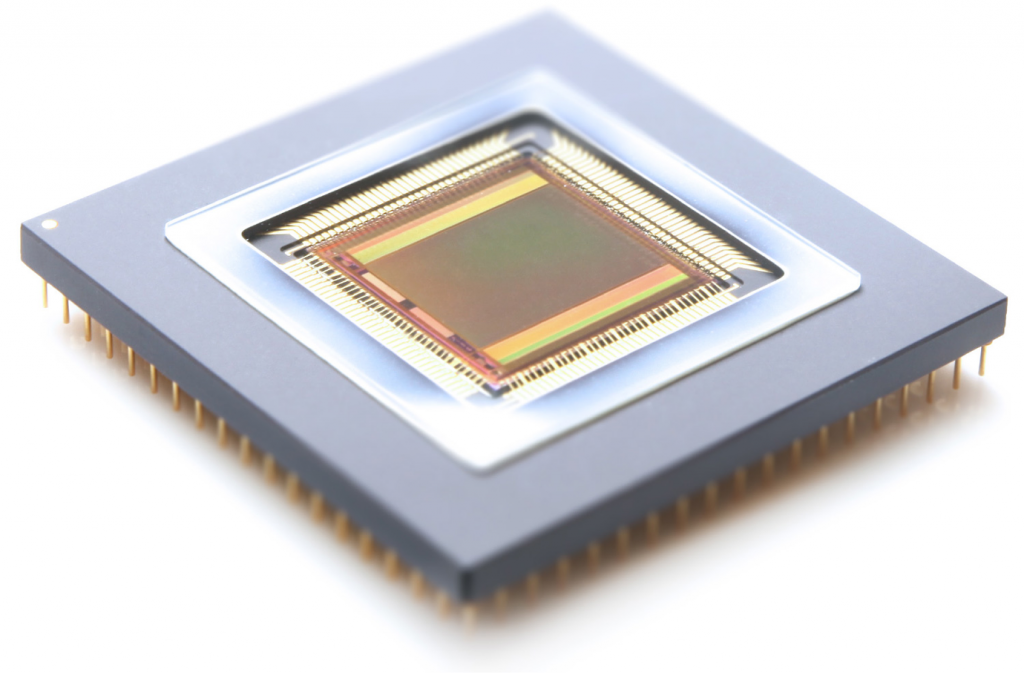
CMOS Sensors Are the Technology of the Future for Industrial Cameras
A CMOS (Complementary Metal-Oxide-Semiconductor) image sensor is a type of image sensor that converts light into electrical charges. The electrical output signal can then be processed to create an image. It is commonly used in digital cameras, smart-phones, and other imaging devices. Working principle of CMOS image sensor

Sony develops 'world's first stacked CMOS image sensor technology with
QUICK ANSWER CMOS stands for Complementary Metal Oxide Semiconductors. It is a type of image sensor that converts light received into electrical signals. Color filters are used on top of the.

Image Sensors Explained How CCD and CMOS Sensors works? CCD vs CMOS
In this article we look at the CMOS image sensor, providing a guide to what it is for and how it works. The image sensor, in some eyes, is the most important part of a camera, but it is also the latest and most capable type of the genre - a CMOS image sensor. CMOS is an acronym for complementary metal-oxide semiconductor.
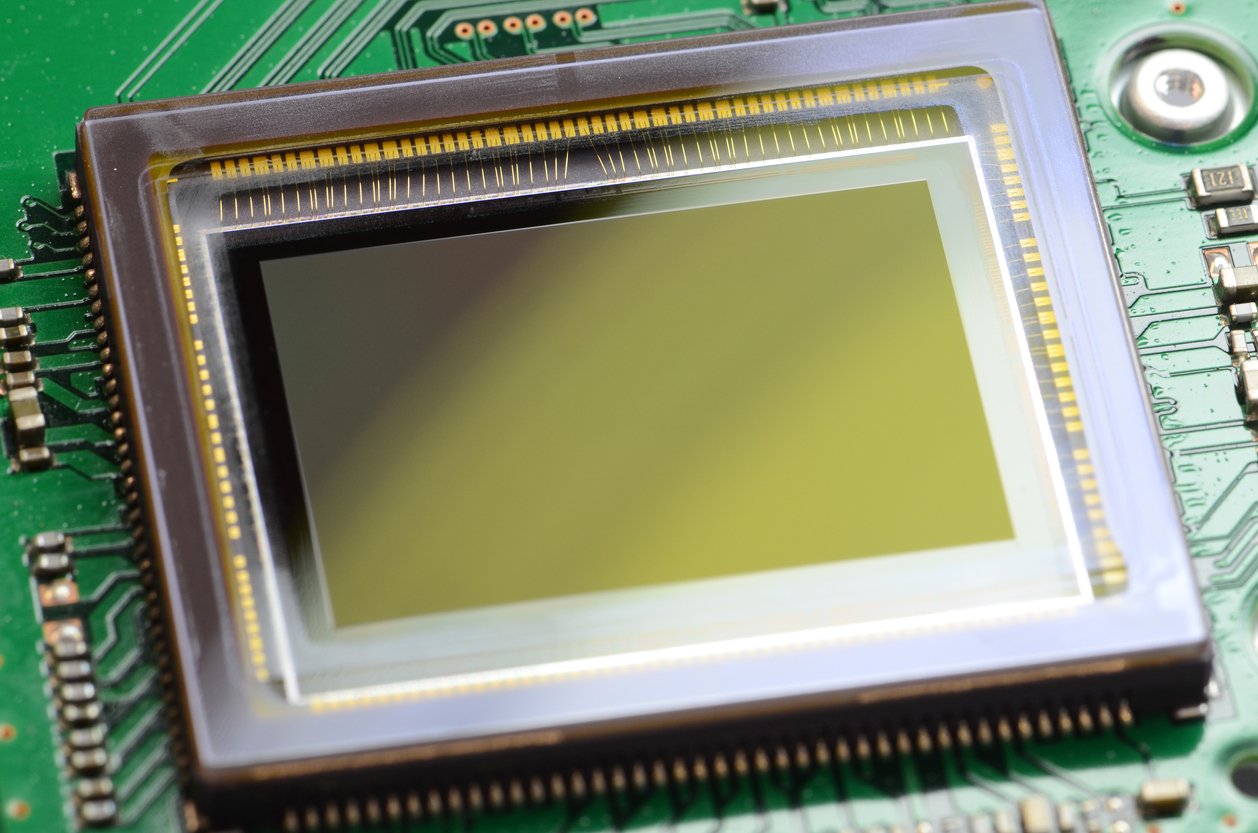
How to Choose a HighResolution CMOS Sensor P1T Blog Machine Vision
CMOS stands for Complementary Metal Oxide Semiconductor, rather a mouthful and why we use the acronym CMOS instead. The majority of consumer and prosumer cameras use CMOS sensors these days. But why is that, how did one technology surpass the other to become the dominant force?
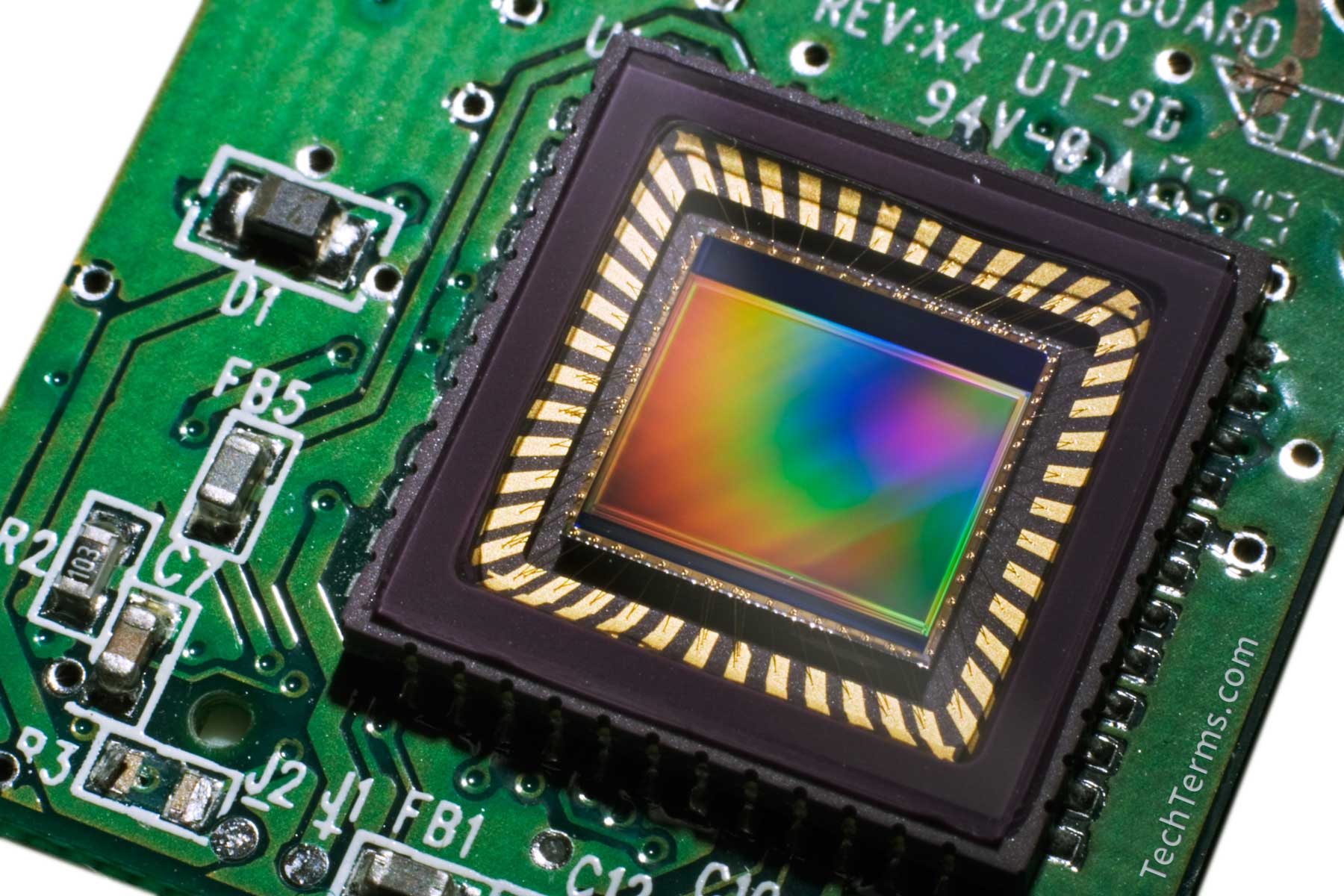
CMOS Definition What is a CMOS?
CMOS image sensors are a type of active-pixel sensor (APS) that use a complementary metal-oxide-semiconductor process to convert light into electrical signals. They consist of an array of photodiodes, each serving as an individual pixel, which capture light and produce an electrical charge proportional to the intensity of the incoming light.
/What-is-a-CMOS-image-sensor-5682c4585f9b586a9ef7f774.jpg)
What Is a CMOS Image Sensor?
A Complementary Metal-Oxide Semiconductor (CMOS) image sensor is a type of image sensor technology inside some digital cameras. It consists of an integrated circuit that records an image. You can think of the image sensor as being similar to the film in an old film camera.
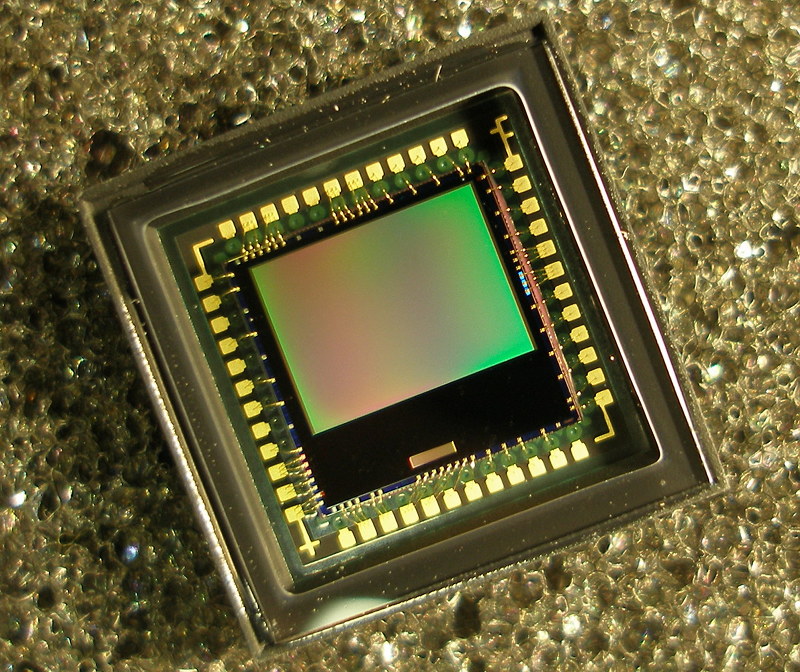
CMOS Image Sensors (CIS) Past, Present & Future
Complementary metal-oxide-semiconductor ( CMOS, pronounced "sea-moss", / siːmɑːs /, /- ɒs /) is a type of metal-oxide-semiconductor field-effect transistor (MOSFET) fabrication process that uses complementary and symmetrical pairs of p-type and n-type MOSFETs for logic functions. [1]
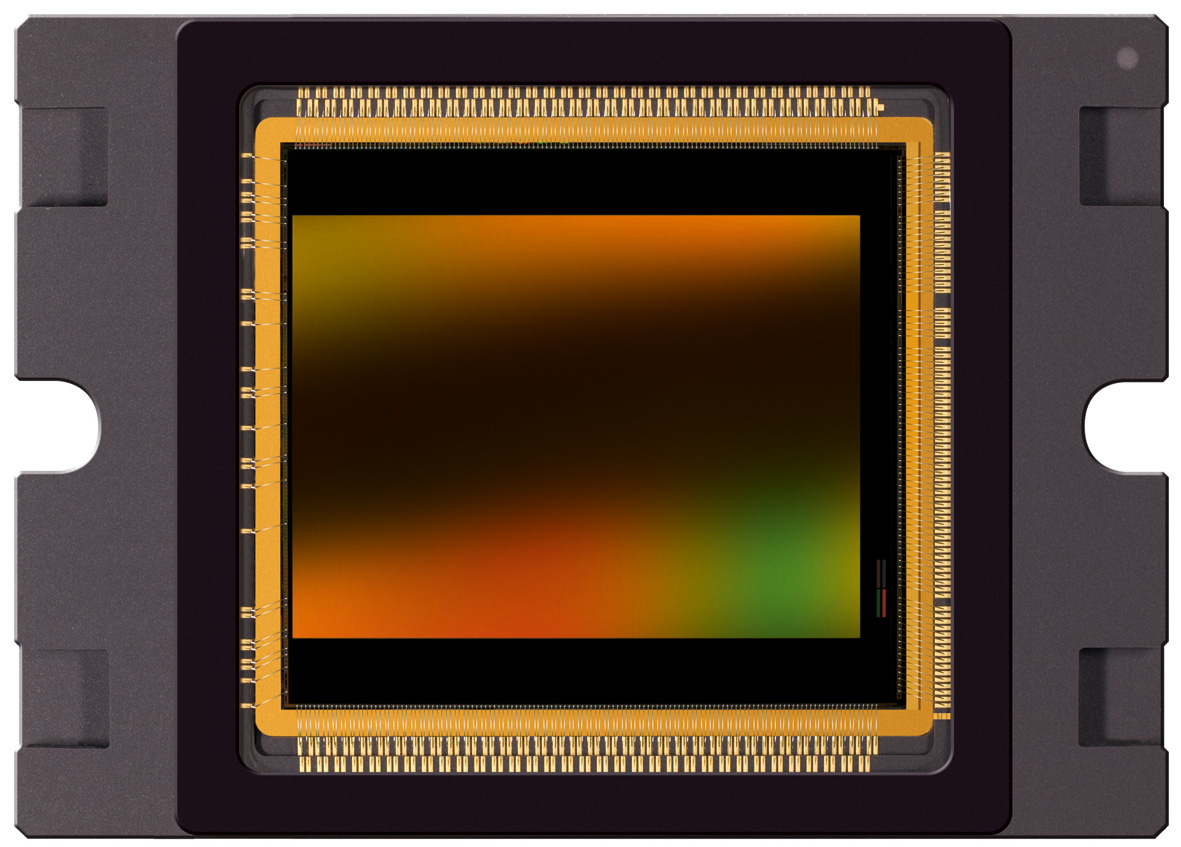
CMOS image sensor delivers 300fps at full resolution Electronic
Generally CMOS is a subset of MOS, but in sensors' context it represent the same thing. I can't find any evidence of the sensor being different from other CMOS sensor, instead it seems it may have the same sensor as Sony's RX10. MOS sensors are made by photo transistors which allow the direct reading of the photo-generated charge.

Free Stock image of Digital camera CMOS sensor
The main audience includes physicists and engineers in image sensor characterisation and development. Key features • Includes many semiconductor device and circuit simulations as a tool to illustrate the operating principles. • Covers both the semiconductor physics and the most important electronic circuits comprising a CMOS image sensor.

CMOS Image Sensors to Resume Record Run in 2021 EE Times India
An image sensor or imager is a sensor that detects and conveys information used to form an image. It does so by converting the variable attenuation of light waves (as they pass through or reflect off objects) into signals, small bursts of current that convey the information. The waves can be light or other electromagnetic radiation.
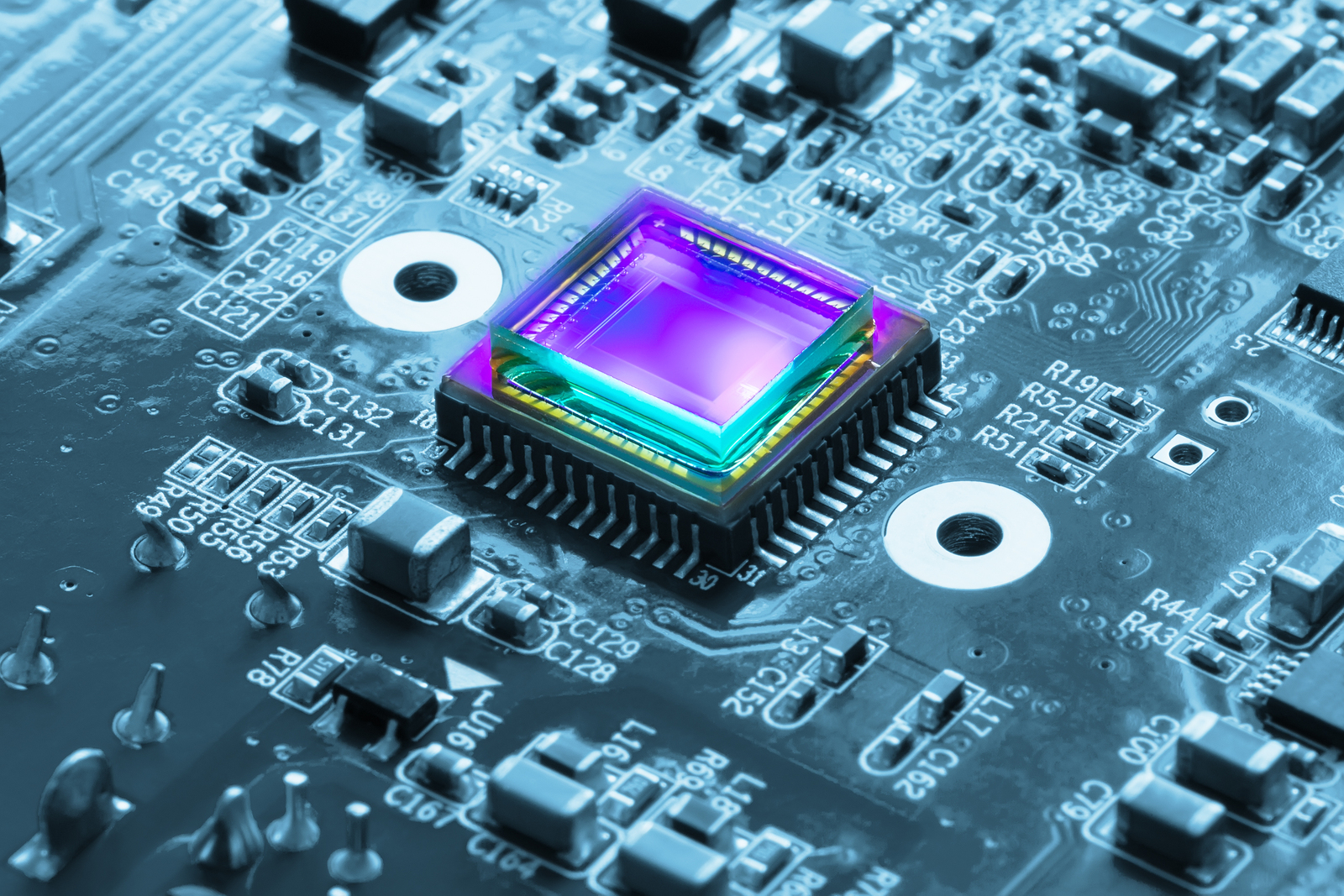
Thermoelectric Cooling for CMOS Sensors The World Leader in Thermal
CMOS image sensors cost less to produce than CCD image sensors, because existing semiconductor manufacturing equipment can be repurposed for their production. Unlike CCD sensors that use high-voltage analog circuits, CMOS sensors employ a smaller digital circuitry that uses less power, and are in principle free from smear (vertical white streak.

Free Stock image of CMOS sensor
An image sensor is one of the main building blocks in a digital imaging system and strongly influences the overall system performance. The two main types of image sensors are charge-coupled devices (CCD) and CMOS imagers. In this article, we'll take a look at the basics of CMOS image sensors.